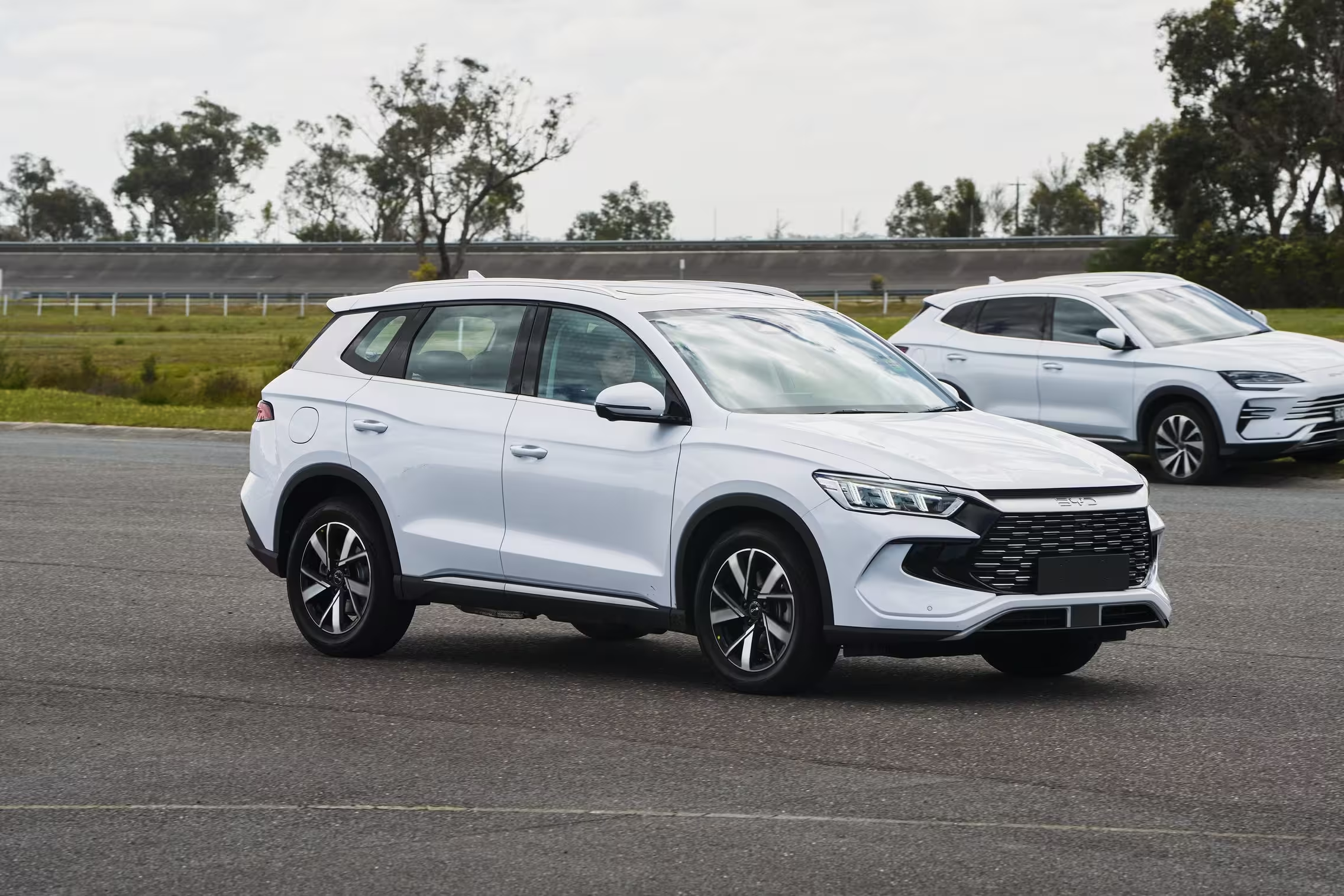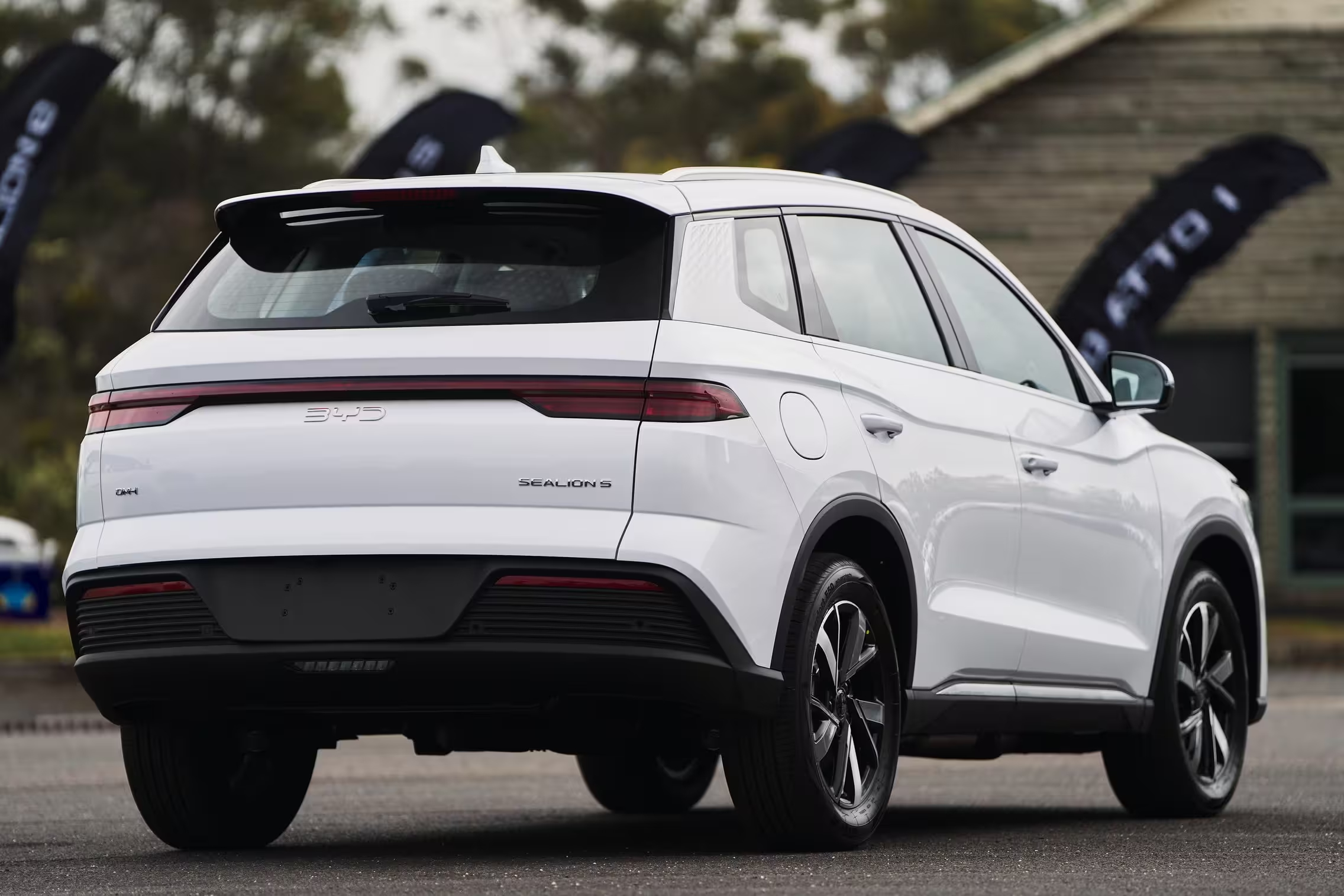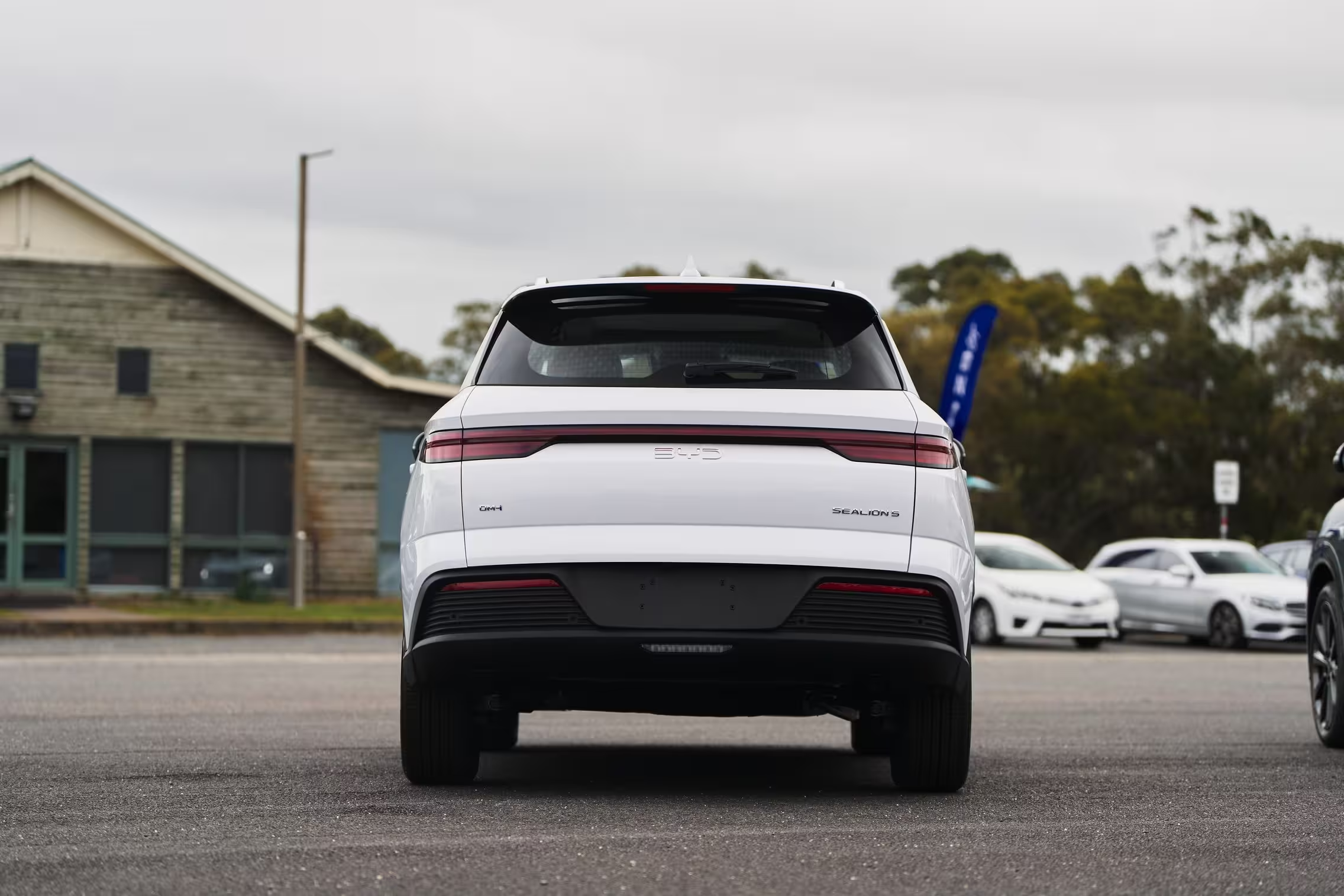5 Minutes
BYD brings the Sealion 5 to Australia as an affordable PHEV crossover
BYD Australia has confirmed that the Sealion 5 will join its local lineup in early 2026, positioned as the Chinese brand’s most affordable plug-in hybrid (PHEV) crossover yet. Orders open from December, though an official Australian RRP will be announced closer to launch. The arrival strengthens BYD’s expanding new-energy portfolio Down Under, which already includes models such as the Dolphin, Seal, Atto 3, Shark 6, Sealion 6 and Sealion 7.
Why the Sealion 5 matters
The Sealion 5 targets buyers seeking low running costs and reduced emissions without sacrificing everyday practicality. BYD is pitching the car to private owners and commercial fleets alike — governments and corporate fleets are a particular focus given the model’s combination of hybrid efficiency and SUV versatility.

"The BYD Sealion 5 is designed to help Australian businesses transition their fleets toward lower emissions," said Stephen Collins, BYD Australia COO. "By combining advanced technology with affordability in Australia's most popular segment, it helps reduce emissions, support sustainable trade, and creates more opportunities for new energy vehicles, while also giving families a practical, versatile SUV for their everyday needs."
Powertrain, battery and electric range
Under the bonnet the Sealion 5 uses BYD’s DM-i Super Hybrid system: a 1.5‑litre petrol engine working with an electric motor and a choice of two battery packs. The standard setup pairs a 12.9 kWh battery with a combined system output of around 209 hp, delivering an NEDC pure-electric range of up to 71 km (about 44 miles). The Premium variant ups battery capacity to 18.3 kWh and extends the EV-only range to roughly 100 km (62 miles).

These all-electric ranges are impressive for a compact crossover PHEV and make the Sealion 5 a compelling option for daily commutes and low-emission urban driving. For many fleet users the ability to do most local trips on electric power will translate into meaningful fuel savings and lower CO2 output.
Interior, tech and practicality
Inside, BYD equips the Sealion 5 with its DiLink infotainment system, selectable on either a 10.1‑inch or a larger 12.8‑inch touchscreen. Wireless Apple CarPlay and Android Auto are supported, and the cabin layout focuses on modern connectivity and user-friendly controls.

Despite housing battery packs, cargo space remains practical: luggage capacity ranges from 463 litres with seats up to 1,410 litres with the rear seats folded. That balance of storage, passenger space and hybrid efficiency is a key selling point in the crowded crossover segment.
Trim levels and choices
The Sealion 5 will be offered in two trims: Essential and Premium. Both share the DM-i hybrid architecture and the same chassis and safety structure, with the Premium primarily distinguished by its larger battery and longer EV range.
Highlights:
- Two trims: Essential and Premium
- DM-i Super Hybrid: 1.5L petrol + electric motor
- Battery options: 12.9 kWh (71 km NEDC) or 18.3 kWh (100 km NEDC)
- Combined output: ~209 hp
- Infotainment: DiLink on 10.1" or 12.8" screens with wireless smartphone mirroring
- Cargo: 463–1,410 litres

Where the Sealion 5 sits in BYD’s lineup
The Sealion 5 slots beneath the Sealion 6 and 7, offering a more affordable entry into BYD’s PHEV family. The company is also preparing more battery-electric options for Australia: Atto 1 and Atto 2 are due in summer 2026, with Atto 1 positioned as an entry-level city EV and Atto 2 as a compact electric crossover with fast DC charging capability.

What to expect on price and availability
BYD has confirmed ordering will begin in December, but the official Australian pricing will be revealed closer to the vehicle’s early‑2026 on-sale date. Given BYD’s recent pricing strategy and the model’s positioning, expect competitive pricing aimed at private buyers and fleet managers looking to cut operating costs and emissions.
For buyers tracking plug-in hybrids and PHEV crossovers, the Sealion 5 is worth watching: it promises strong electric range for everyday use, practical interior space, and the lower running costs that fleets and families are increasingly demanding.
Source: autoevolution
Comments
v8rider
Wow 100km EV range on a PHEV? If that's real for Aussie roads, fleets will eat this up. But NEDC numbers usually optimistic, we'll see.


Leave a Comment